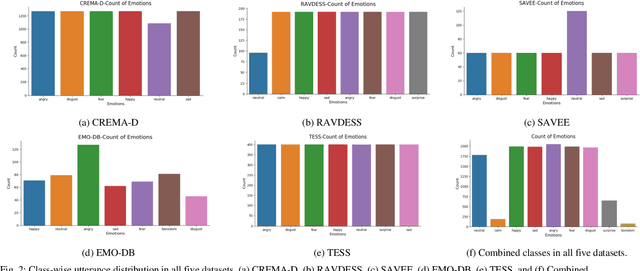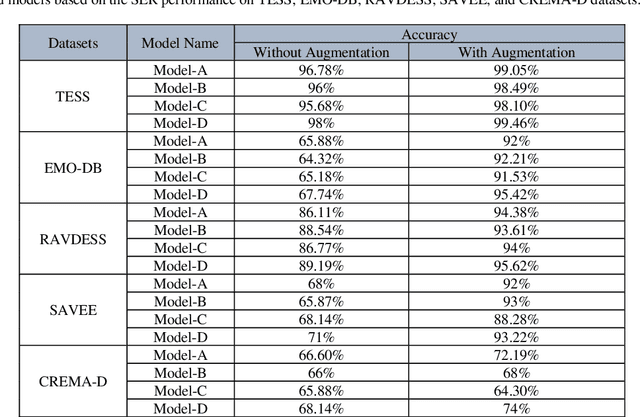A. K. M. Muzahidul Islam
DoubleU-NetPlus: A Novel Attention and Context Guided Dual U-Net with Multi-Scale Residual Feature Fusion Network for Semantic Segmentation of Medical Images
Nov 25, 2022Abstract:Accurate segmentation of the region of interest in medical images can provide an essential pathway for devising effective treatment plans for life-threatening diseases. It is still challenging for U-Net, and its state-of-the-art variants, such as CE-Net and DoubleU-Net, to effectively model the higher-level output feature maps of the convolutional units of the network mostly due to the presence of various scales of the region of interest, intricacy of context environments, ambiguous boundaries, and multiformity of textures in medical images. In this paper, we exploit multi-contextual features and several attention strategies to increase networks' ability to model discriminative feature representation for more accurate medical image segmentation, and we present a novel dual U-Net-based architecture named DoubleU-NetPlus. The DoubleU-NetPlus incorporates several architectural modifications. In particular, we integrate EfficientNetB7 as the feature encoder module, a newly designed multi-kernel residual convolution module, and an adaptive feature re-calibrating attention-based atrous spatial pyramid pooling module to progressively and precisely accumulate discriminative multi-scale high-level contextual feature maps and emphasize the salient regions. In addition, we introduce a novel triple attention gate module and a hybrid triple attention module to encourage selective modeling of relevant medical image features. Moreover, to mitigate the gradient vanishing issue and incorporate high-resolution features with deeper spatial details, the standard convolution operation is replaced with the attention-guided residual convolution operations, ...
An Ensemble 1D-CNN-LSTM-GRU Model with Data Augmentation for Speech Emotion Recognition
Dec 10, 2021



Abstract:In this paper, we propose an ensemble of deep neural networks along with data augmentation (DA) learned using effective speech-based features to recognize emotions from speech. Our ensemble model is built on three deep neural network-based models. These neural networks are built using the basic local feature acquiring blocks (LFAB) which are consecutive layers of dilated 1D Convolutional Neural networks followed by the max pooling and batch normalization layers. To acquire the long-term dependencies in speech signals further two variants are proposed by adding Gated Recurrent Unit (GRU) and Long Short Term Memory (LSTM) layers respectively. All three network models have consecutive fully connected layers before the final softmax layer for classification. The ensemble model uses a weighted average to provide the final classification. We have utilized five standard benchmark datasets: TESS, EMO-DB, RAVDESS, SAVEE, and CREMA-D for evaluation. We have performed DA by injecting Additive White Gaussian Noise, pitch shifting, and stretching the signal level to generalize the models, and thus increasing the accuracy of the models and reducing the overfitting as well. We handcrafted five categories of features: Mel-frequency cepstral coefficients, Log Mel-Scaled Spectrogram, Zero-Crossing Rate, Chromagram, and statistical Root Mean Square Energy value from each audio sample. These features are used as the input to the LFAB blocks that further extract the hidden local features which are then fed to either fully connected layers or to LSTM or GRU based on the model type to acquire the additional long-term contextual representations. LFAB followed by GRU or LSTM results in better performance compared to the baseline model. The ensemble model achieves the state-of-the-art weighted average accuracy in all the datasets.
 Add to Chrome
Add to Chrome Add to Firefox
Add to Firefox Add to Edge
Add to Edge